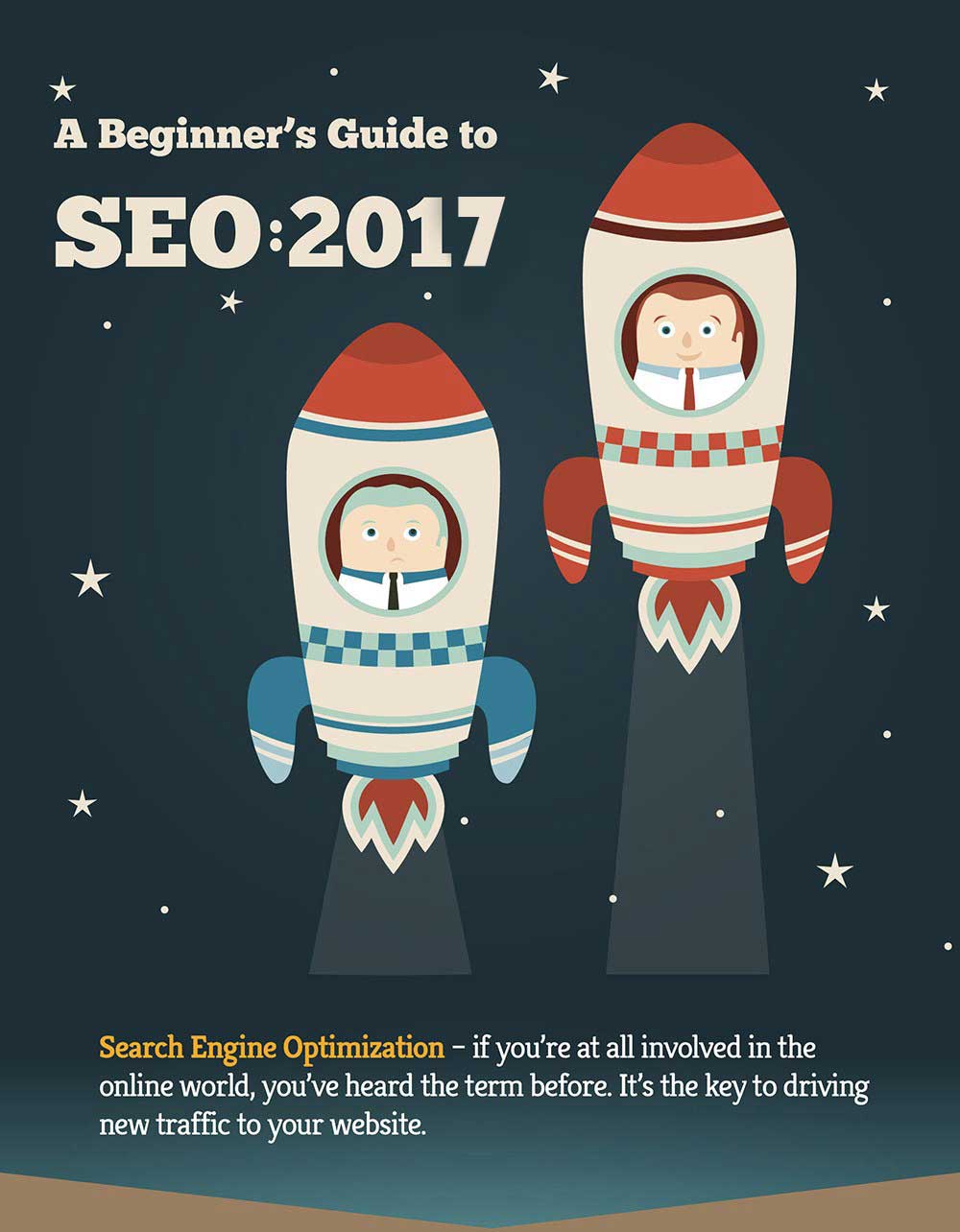So how do you improve your SEO? How do you get sufficient web traffic from search engines? The bulk of SEO remains the same for 2017. You still need great content, natural and relevant keyword use, and an eye on the technical.

Every online business needs to put effort into SEO. It makes your website search ready and helps it appear higher in search engine results. This attracts more traffic. According to Moz (formerly SEOmoz), the top three search engine results receive over 60% of the traffic. HubSpot adds that 75% of users never scroll past the first page of results.
Content – “Content in king,” is one of the oldest sayings in the game. And it still rings true in 2017.
So what does it take to create great content?
Quality – Do people want to read it and does it make sense?
Unique – Are you rehashing the same old stuff or do you bring something new to the table?
Of Value – Do readers take anything away from it?
Frequent – Can you be relied upon as a regular source of information?
Natural – Is your content natural or stuffed with keywords? Keyword stuffing is a no-no.
Share Worthy – Will people link to your site and share it with their social media contacts?
Visual – Do you incorporate images, videos, and infographics into your content? Klarity Analytics shows that visual content has a 600 times higher engagement rate than text-only content.
Basically, what we’re saying is you need a regularly updated blog if you don’t have one already!
Technical – Great SEO also relates to beyond-the-scenes backend work.
Keywords – Use them naturally and don’t overuse them. Work them into title tags, heading tags, and meta descriptions.
XML Sitemap – A map of your website. Tells search engines what pages to crawl.
Site Speed – Bounce rates are far higher on slow-loading websites.
Robots.txt – Helps search engine robots find your XML sitemap.
Broken Links – Links that no longer work should be directed to a relevant live page or a 404 page.
Off-Page Basics: Focusing on off-page SEO is more important than ever in 2017, especially where social media is concerned.
Social Media – 67% of Internet users use social media. If your company isn’t, you’re missing out on a great marketing opportunity.
Facebook & Twitter – The giants of social media are still the best place to start.
Google+ – Was constructed to dominate social media search results. Has over 360 million active users and growing. Allows users to establish authorship over good content.
Visual Content – Images, videos, and infographics are even more important on your social sites than your blog. This is the content that gets clicks, likes, and shares.
Be Engaged – Update your social pages often (but don’t overdo it). Interact with customers. Reply to their questions and comments on your social updates.
Google Penguin – You’ve probably heard of Google Penguin, but do you know what it is and how it works?
Update – Penguin 3.0 is primarily a data refresh on the previous Penguin search algorithm. It weeds out spammy websites that use black hat SEO techniques (e.g. keyword stuffing and link buying).
User Happiness – Like Google Panda, Penguin looks at webpages from a human perspective. Is the content high quality and relevant?
White Hat SEO – Penguin means white hat SEO (or good SEO) is more important than ever before. Ensure you don’t use black hats techniques so your website isn’t penalized.
Focus on producing quality content (preferably with visuals) first, and then work on other aspects of SEO. Maintain a regular social media presence and engage yourself with customers.
In short, SEO in 2017 isn’t much different than last year, aside from a few minor tweaks and changes in trends. Once again, content is the core of a great SEO strategy.


